Philippine folklore is as rich as it is frightening, born out of elders scaring little kids away from the forest and neighborhood locals trying to make sense of incidents out of the unexplainable. Throughout the years, these tales of caution have turned into whispers long forgotten, morphing into so-called fictional stories of giant horse-like men smoking cigars up a tree, devastated women leaving their bodies to fly from the waist up, down to little ones that turn into ghoulish infants when you get a little too close.
As modern-day Filipinos trade in these myths into mere make-believe hearsay, Trese comes in strong to remind us why we were right to be afraid in the first place.
With over seven volumes and more than a decade’s worth of strong comic book reputation, critically-acclaimed crime horror graphic novel Trese is no novice in bringing the Philippine supernatural to life. Author Budjette Tan and illustrator Kajo Baldisimo’s story of a young, Alexandra Trese, fighting against the criminal—not to mention, paranormal—forces of Manila’s underworld has completely rehashed Filipinos’ curiosity about our own superstitious beliefs and beings.
In fighting aswangs, duwendes, and so many more characters from our childhoods’ most frightening stories, she has become a local heroine in her own right. Badass, edgy, stern and absolutely capable—Alexandra Trese has become a generation’s very own superhero.

Still courtesy of Netflix
It was also a delight for Filipinos to see the Manila they’re familiar with portrayed in such a way, and infested with such vivid creatures of our folklore. These elements added to Trese‘s general appeal, and then cemented as the story was pushed further through the years.
Writer Budjette Tan stated, “Trese was originally, and is still meant to be, a detective story set in Manila. It gets inspiration from cult noir detective movies, and in those stories, you are usually set with dealing with social issues. So I think it’s more of trying to depict the Manila that I know, that I know from real life, from stories I hear from relatives, the Manila that I know from reading the news, and what’s happening at a daily basis. And then just superimposing this lens of the supernatural over it.”
What makes her standout, however, is the novelty she presents to the crime genre as a whole. As it is, we haven’t really seen a female protagonist in the gritty world of crime-fighting before, and we definitely haven’t seen one in the Philippine context. For Tan, it was a natural decision to make his lead someone entirely new.
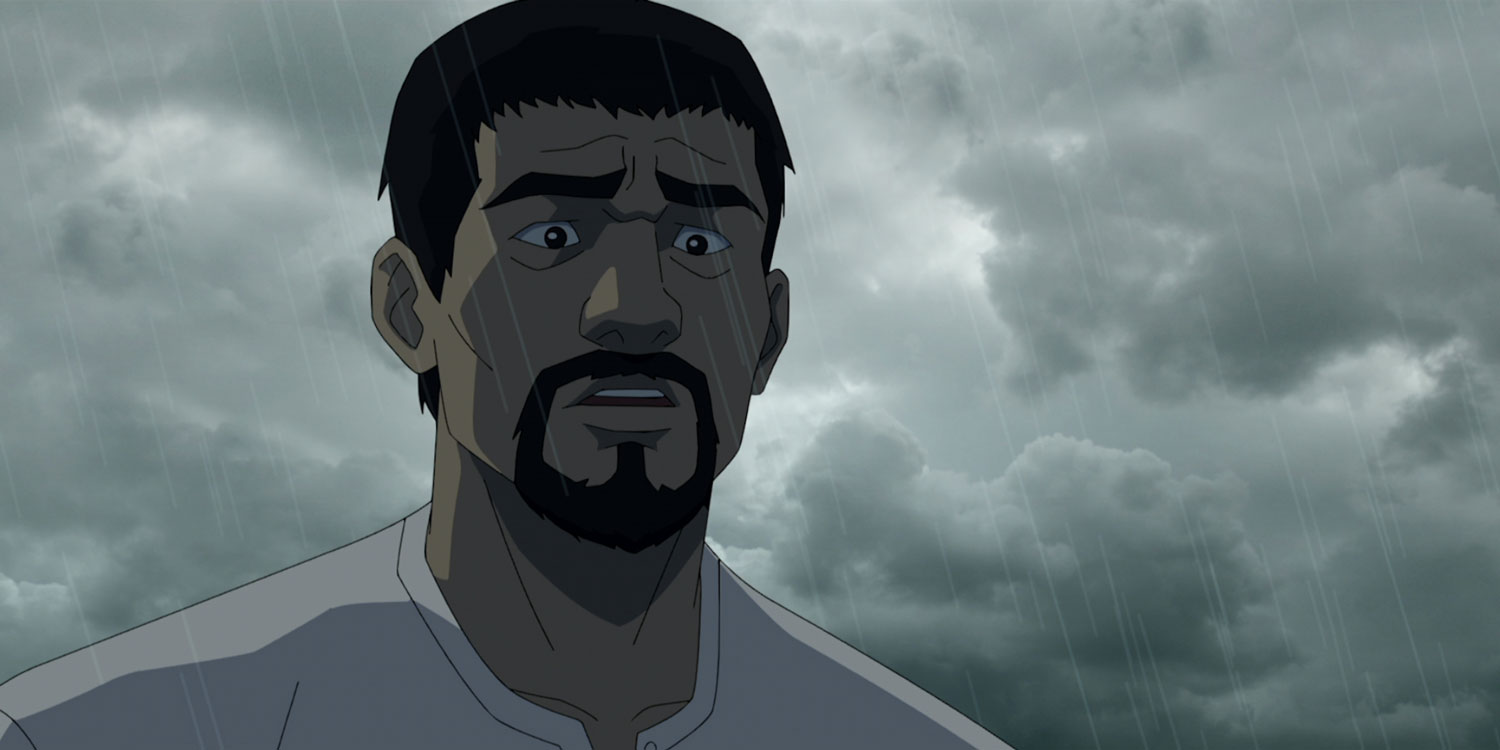
Hank.
Still courtesy of Netflix

Captain Guerrero.
Still courtesy of Netflix.
“The simple thought there was, we haven’t seen it before. Most especially in this kind of storyline. Sure, we have Darna. Sure, we have Dyesebel. Sure, we have all of these other popular [female] characters in Filipino pop culture. But I don’t think we’ve seen a tough as nails detective, for that matter, in Philippine movie, tv or comics. And the starting point of Trese is your typical detective story, with your typical tough guy detective,” he remarked at the roundtable conference for all the Trese creators.
But today, as the world meets this “typical tough guy detective” and her worst foes, her legend prepares to grow beyond compare.
The Netflix Original Anime Trese makes history as the first-ever Filipino anime produced by the platform and fans and non-fans are hyping up its highly-anticipated premiere as an incredible milestone to showcase local talents, our level of storytelling, and the Philippines’ rich, rich, culture. The cast in both English and Filipino language versions are equally made up of huge names in Hollywood and the local industry, headlined by Shay Mitchell (Pretty Little Liars, You) and Liza Soberano (My Ex and Whys, Alone/Together) who are portraying Alexandra Trese. Both actresses enthusiastic about finally breathing life, albeit through their voices, a character as iconic as that of Trese,
For Soberano, who is known as one of the Philippines’ most talented and celebrated young actresses, to be part of this huge project is blessing enough, a surprise even. But the role, in itself, is a tall order not just for her as a first-time voice actress but as an influential figure encouraging today’s youth to learn more about local mythology and superstition, and to play a character who people could fear, respect, and look up to.
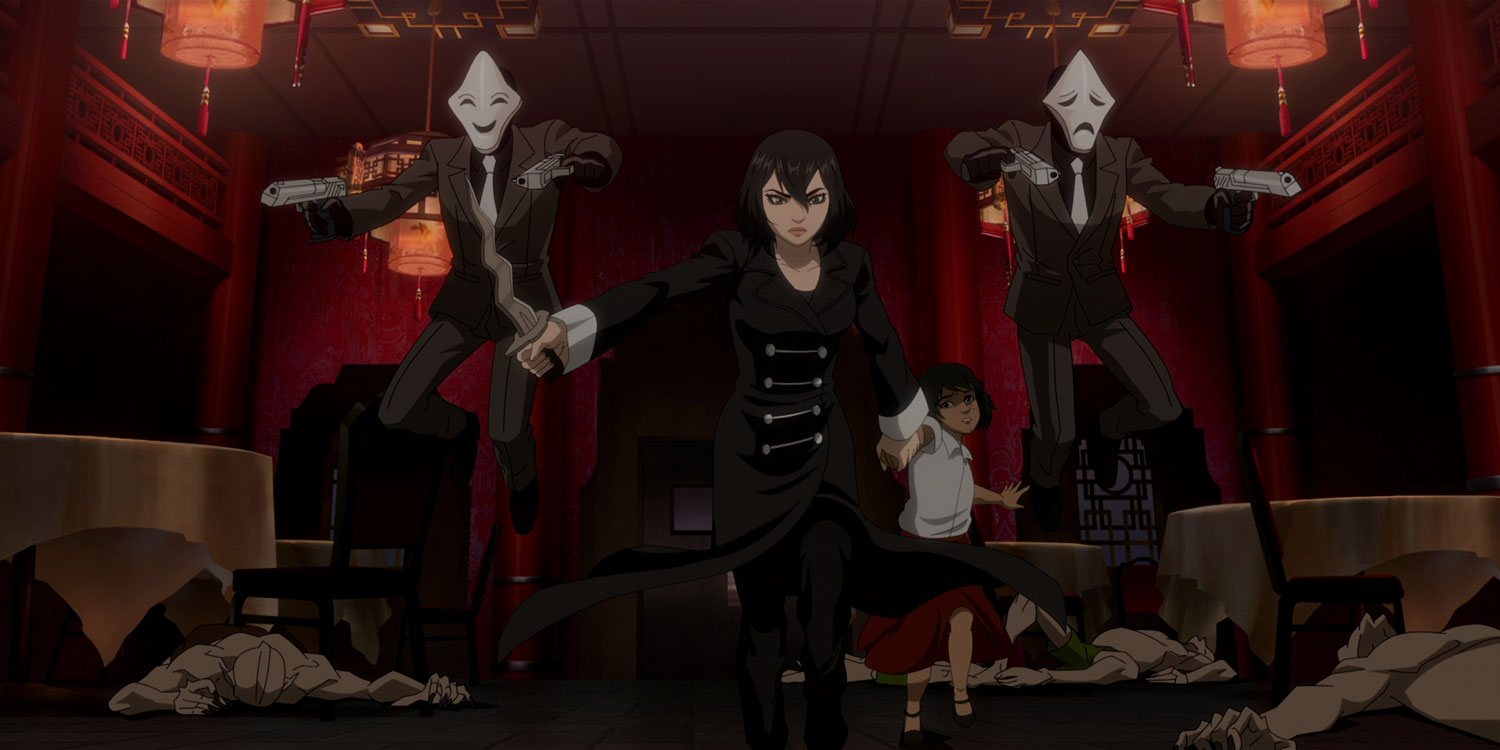
Still courtesy of Netflix.
“I feel like it’s greatly going to have an impact on the youth today, because based on the youth that I get to hang around with, I feel like Philippine mythology isn’t taught enough anymore. [The interest] is kind of dying down a bit, and I feel like, in a way, this series is going to revamp that or bring the discussion back up and in the minds of people. Our youth is going to learn more about our culture, about mythology, and they’re going to learn to fall in love with these supernatural beings. Even though they’re a bit scary,” Soberano said.
She added, “I just like the fact that I finally get to play a superhero that is super brave, badass, is very cool, and very edgy, in a way. She fights these supernatural beings all the time, and I feel like everybody’s just going to fall in love with her. Because I instantly fell in love with her when I read the graphic novels.”
The series, now officially screening globally, a day before the Philippines’ Independence Day, has six episodes for its first season, adapted from the first three volumes of the graphic novels.
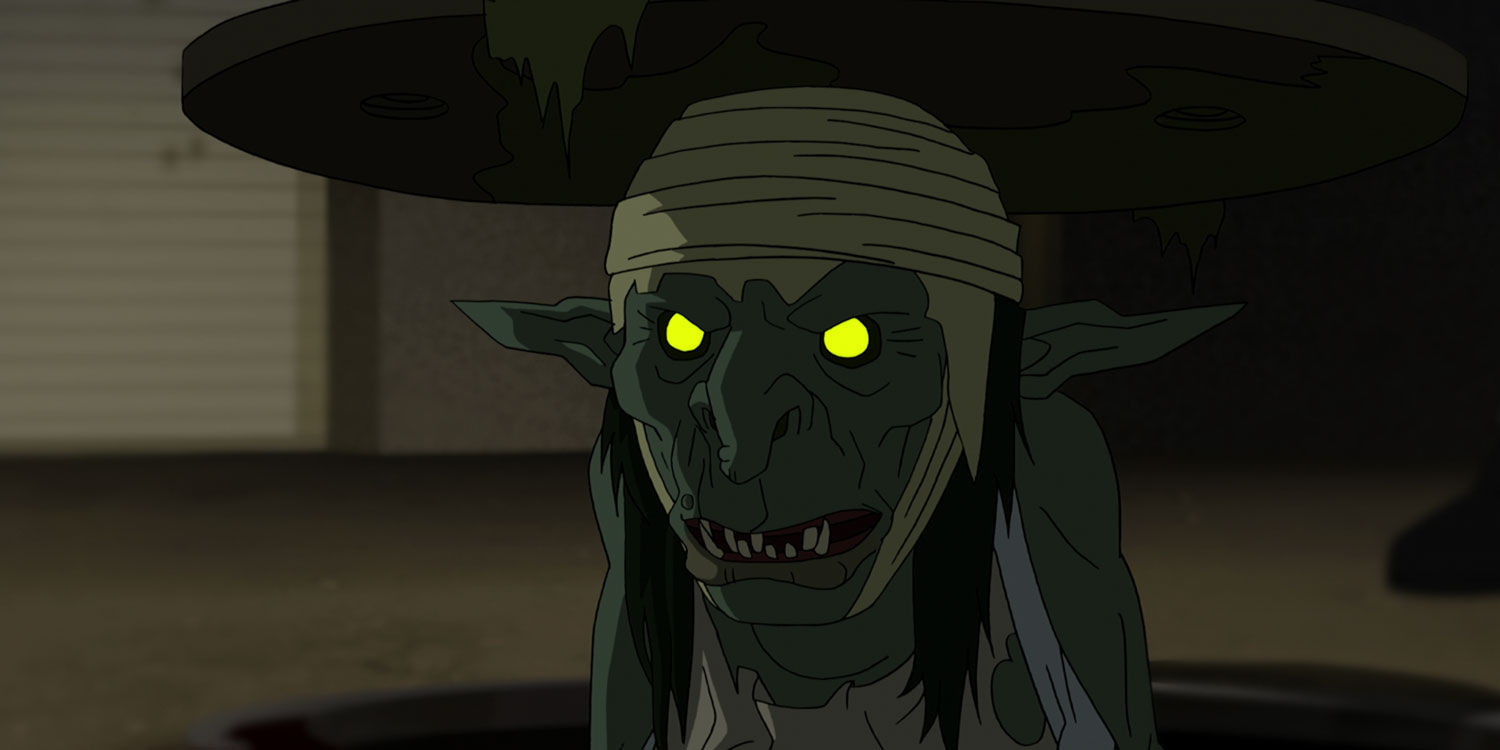
Still courtesy of Netflix

Still courtesy of Netflix
As each volume focuses on a different case and overarching story, Tan shared his awe to see the final product and how the series’ writing team toiled the very act of condensing and connecting elements that made the graphic novel series a cult classic, in less than thirty minutes in an episode to make up all of Season 1. “I am amazed at how they have stitched together those storylines and made it into one cohesive one, considering me and Kajo (Baldisimo) didn’t know what we were doing when we were doing Books 1 and 2,” he joked.
Tanya Yuson, one of the series writers (and a certified Trese fan), expressed her appreciation the creators of the graphic novel’s understanding when it came to the adaptation, and how they were able to freely tell the anime version, while staying true to the source material.
“We were very lucky because Budjette and Kajo really understand that a nature of adapting something between mediums, in this case graphic novels into this series, there were going to be morphing and some changing. We are fans, everyone in the team, we’re all fans of the books. So we don’t want to take out what’s good, right?”
“But at the same time, when you adapt it to a different medium, you want to make sure that that story is strong and so there are changes that are going to be made along the way. We hope that it becomes a satisfying story for the audience to watch,” she noted.
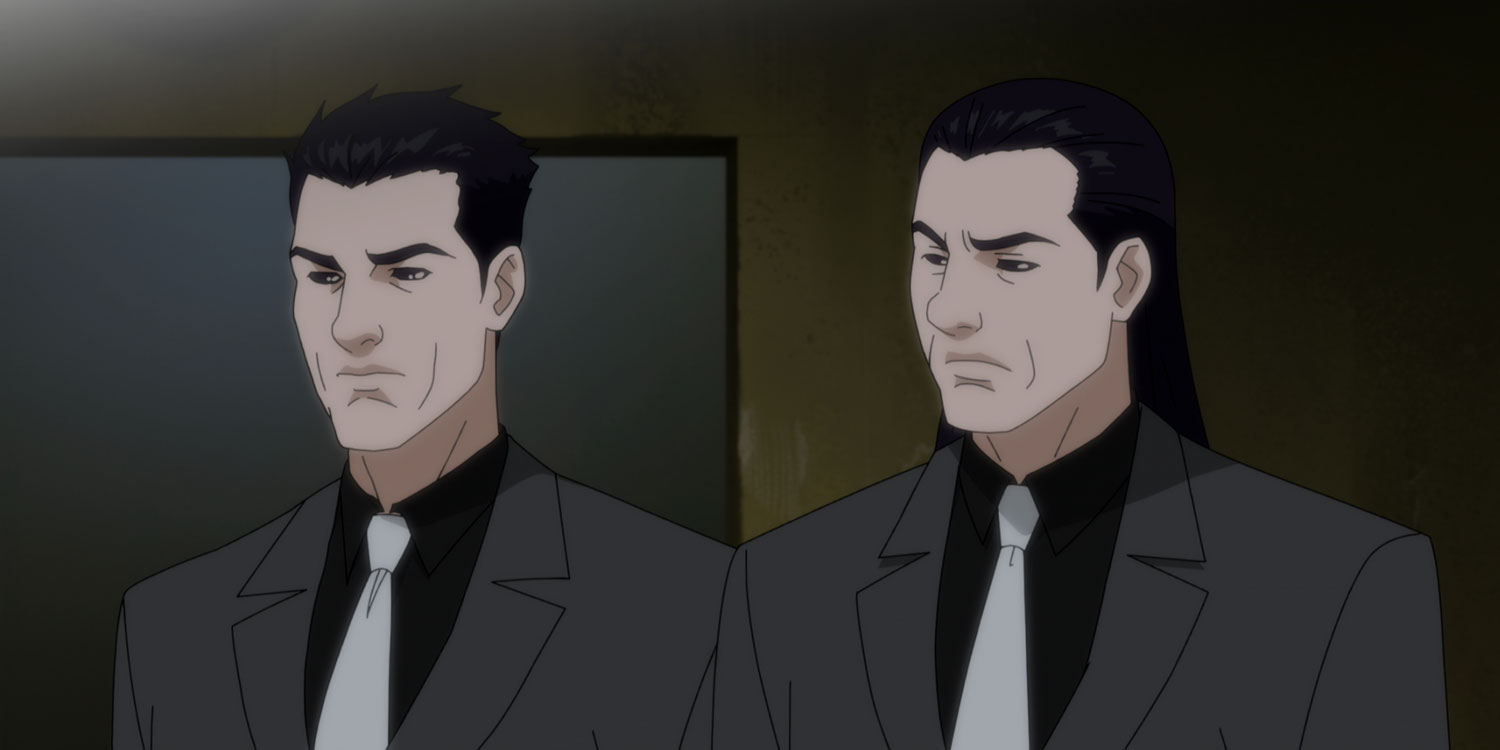
Still courtesy of Netflix
Tan quipped in to add, “For an old Trese reader, they will definitely be surprised. But they’ll see some favorite moments and scenes. And to new viewers, I hope that it’s an enjoyable experience if this is their first time to enter Trese’s Manila.”
For any actor, taking in such an iconic role beloved by such a passionate community could be too daunting a task. In the case of the box office celebrity, Soberano who was born and raised in America, this anxiety is doubled as she takes a role that’s purely in Filipino, a language that, until now and most especially during life in quarantine, she’s still trying to master.
The young actress shared that to prepare for recording, she dedicated two weeks prior to only speak in the language. She also admitted to familiarizing herself with more Filipino songs, watching YouTube videos of voice actors, and attending workshops with experienced voice actors.
“I’m just so happy I got to do this because it really was a challenge for me. I’ve never done voice acting before aside from dubbing my own movies or commercials, and it’s completely different,” she expressed.

Still courtesy of Netflix
Yuson also commended Soberano’s portrayal and dedication: “Aside from Liza being very talented, we felt like her range would be a great surprise for everyone to see that she could pull off a role like this. She read everything, and she put her whole heart and soul into doing this. I think the work pays off, and we feel like she did really, really well.”
Just a few names backing up Shay Mitchell’s cast are Darren Criss (Glee), Jon Jon Briones (Miss Saigon, Ratched), Manny Jacinto (The Good Place), and so many more Western stars who come from Filipino ancestry. The crew working behind the animated screen as well are top-tier with the likes of Jay Oliva (Batman: The Dark Knight Returns) as director and showrunner, Jojo Aguilar (Star Wars: The Clone Wars) for character design, and Mel Zwyer (Star Wars Rebels) as an episode director, to name a few. The Philippine cast also boasts some of the best and most respected voice actors in the industry.
Filipinos all over the world are massively excited to see this historic moment finally come to global screens, and it’s definitely something to celebrate and be proud of. In fact, as soon as the trailer was released weeks ahead of the premiere, Trese has been an ongoing trending topic on social media, with everyone sharing their anticipation for the show.
One discussion, however, that was unexpectedly opened up from the different languages available for the series, is the notion of some Filipinos that the Tagalog version is inferior to the English one, or any other languages at that. Perhaps a consequence of colonialism or globalization, but many viewed the local series in a negative, even offensive, light.
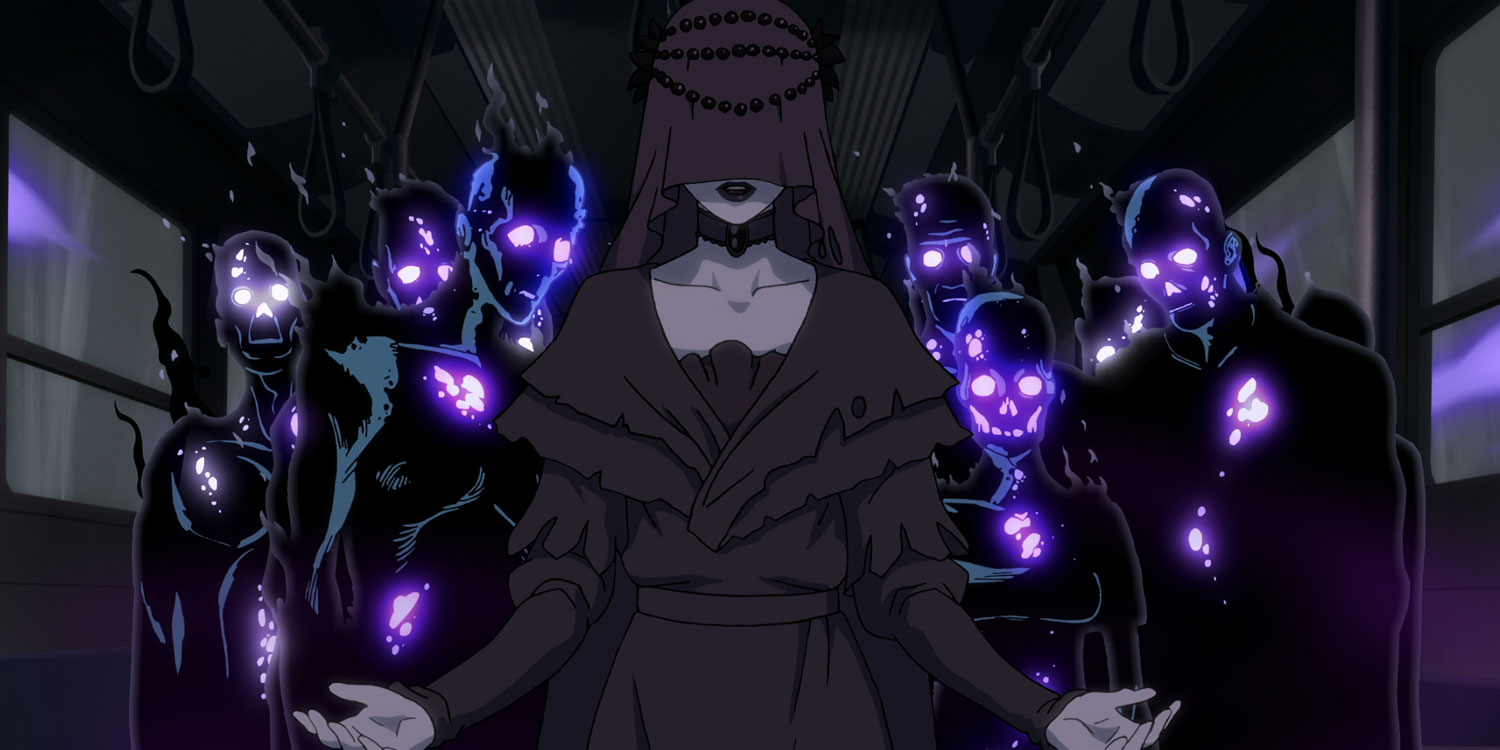
Still courtesy of Netflix
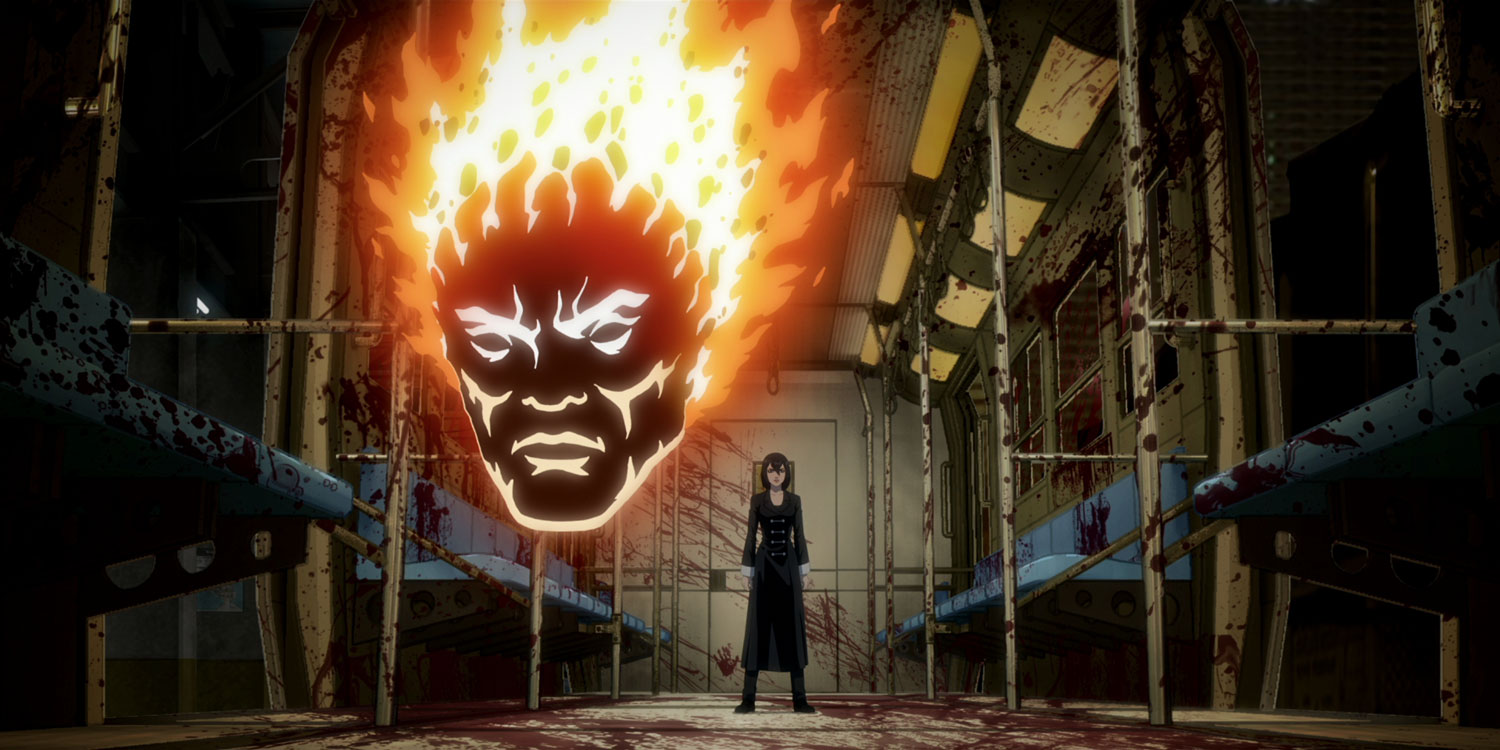
Still courtesy of Netflix
To that, here’s what Liza Soberano has to say: “Just because we come up with a Filipino adaptation, or we dub certain programs or series or movies, it doesn’t mean that it’s “baduy” (lame or uncool). Maybe the way it was delivered, they don’t necessarily compare to the original. But it doesn’t make it baduy just because it’s Pinoy. We have the opportunity and we have the potential to make it big on a global platform. It’s just that we don’t get as much support, maybe, and we don’t have as much attention as other countries as of now. But I feel like, with Trese, it’s definitely going to open up more windows.”
“Some people have that misconception because just because people want to be ‘in’ or they want to be cool. And you know what’s cool? Being proud about your heritage and supporting local artists here in the Philippines,” she challenged.
That being said, we couldn’t have wished for a better contemporary Filipino hero in the form of Soberano.
Even in an animated format, Trese is a story of the Philippines seen in a different, and darker, light. As a graphic novel, it’s already taking the crime genre by storm, and now as a Netflix Original, it’s taken on an entirely different growth spurt.
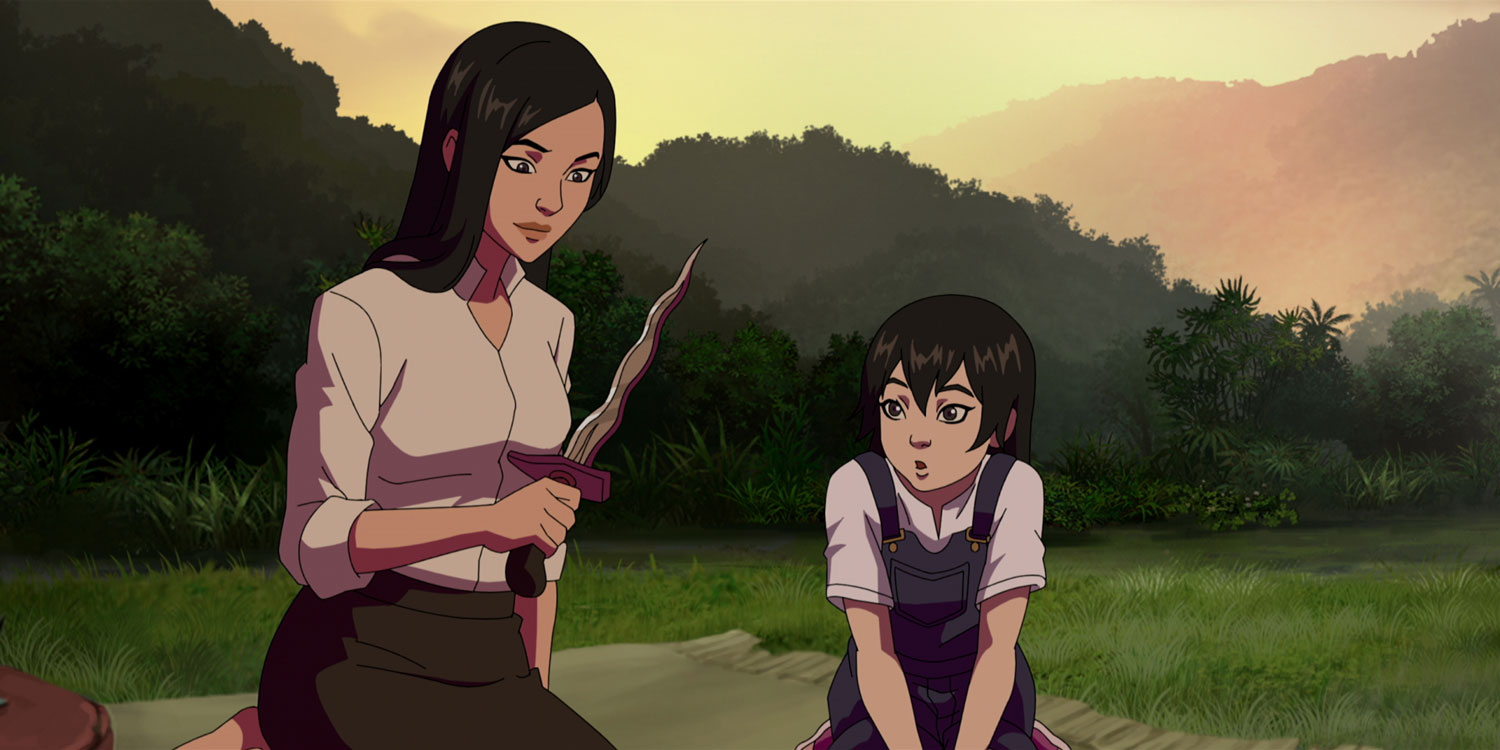
Still courtesy of Netflix
In Trese’s Manila, we are met with a city we all know and love, taken over by traditions we’ve long since forgotten. With the best of Filipino talents, storytelling, and our culture right at its core, this is a series that deserves all the hype and noise.
Let’s just hope this doesn’t wake the sleeping creatures in our midst, biding their time.
As they say, tabi-tabi po.
With additional text from Leo Balante


